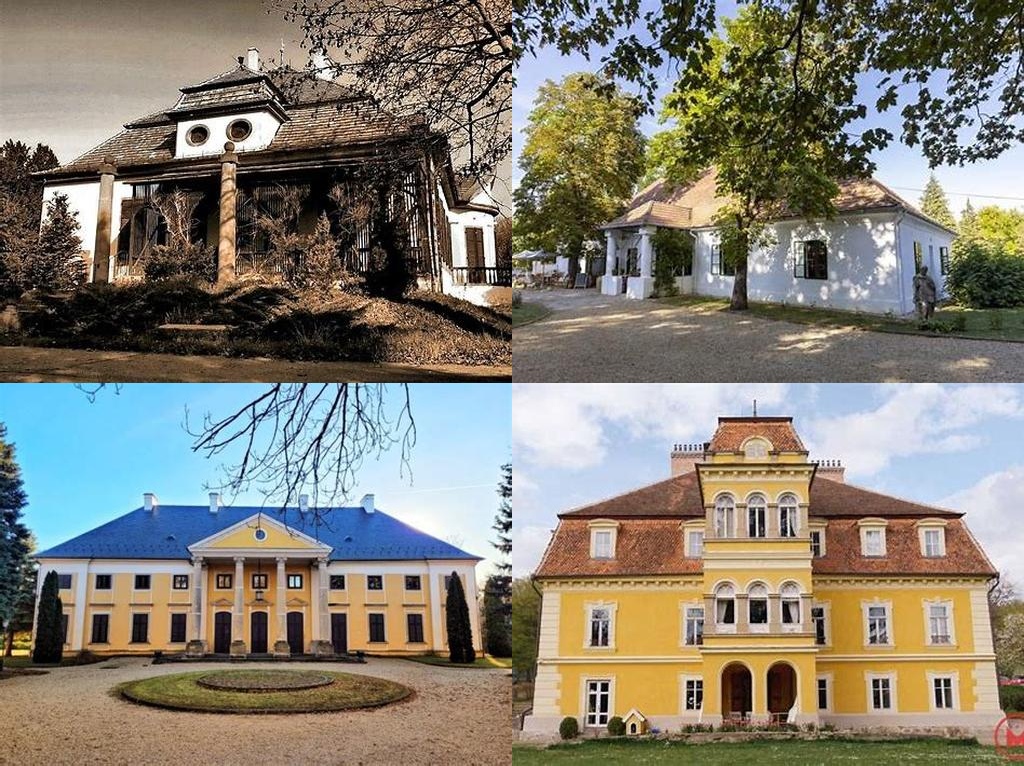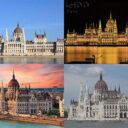
Kunffy-kastély, tucked away in the tranquil village of Fácánkert, is one of those hidden gems in Hungary where art, history, and nature come together in the best kind of friendship. You might not see crowds of tourists banging down its doors, but that only adds to its quiet allure. Imagine those grand rural manors you see in old novels—except here it’s all real, and the story is painted across the walls, the gardens, and in the gentle hush that rests over the grounds.
Stepping through the gates, the first thing you spot is the elegant symmetry of the main building, built in the late 19th century by the famed Hungarian painter László Kunffy. The mansion isn’t flashy or overbearing; rather, it’s graceful, inviting you to slow your pace. László Kunffy and his wife, Auguszta Dőry, made this their creative refuge beginning in 1906, and their artistic touch is everywhere—from the sun-dappled salons to the shelves lined with well-thumbed books. The mansion was more than a summer retreat; it was a base for gatherings of Hungarian intellectuals, a lively outpost for debate, laughter, and inspiration in a time shadowed by change.
As you wander through the rooms, each space feels gently suspended in time. The studio where László Kunffy painted his celebrated portraits and landscapes has large windows framing the carefully tended park. Huge canvases lean against the walls. Some are unfinished, hinting at creative impulses interrupted by conversation or, perhaps, the draw of a sunlit walk. The Kunffy Mansion doesn’t only display oils and watercolors; what sets it apart is the feeling of stepping inside the working mind of an artist grappling with his era.
The museum also tells stories beyond the brushstrokes. The couple weathered two world wars here, with the mansion serving as a rare sanctuary. It’s almost impossible not to feel a wave of respect for what the Kunffys built in turbulent times: a place rooted in culture and optimism, with deep friendships weaving through its history. The photos and objects on display give a sense of their daily lives—art supplies, letters to friends, even the old samovar used to brew teas for visitors fortunate enough to drop by. The guides, frequently enthusiastic local art lovers themselves, have a knack for weaving stories that gently animate the past. Sometimes you’ll hear about more than just Kunffy—the gathering of creative minds here included musicians and poets, all drawn to the quiet energy of Fácánkert and its welcoming hosts.
Stepping outside, the grounds of Kunffy-kastély unfurl in green swathes, echoing with the sounds of the countryside—birdsong, tree branches whispering in the breeze. If you visit in spring, the flowering magnolias and peonies make the garden smell like a painter’s daydream. There are benches that almost insist you sit down for a moment, tuck away your phone, and simply exist among the buzzing bees and rustling leaves. The atmosphere makes it easy to see why Kunffy painted so many landscapes while living here; you begin to notice little color harmonies in the flowers, the play of shadows on the old walls.
One of the most charming elements of a visit here is just how unhurried everything feels. Unlike vast, echoing palaces, Kunffy Mansion is human in scale—you’re free to linger in the studio, retreat to the library, or simply wander the lawns. On quieter days, you may find yourself alone in a room, able to imagine what it was like for Kunffy to stand before the canvas, lost in the act of creation. There’s often a small exhibition on—sometimes featuring local artists inspired by Kunffy’s work, sometimes a special glimpse into his correspondence or travels.
For history enthusiasts, the mansion provides an honest, personal view of 20th-century Hungary—not through politics, but through the everyday lives of people whose creativity endured against the odds. Couples and families are welcome; kids can roam the safe grounds and, if they’re lucky, spot the family of pheasants after which the village is named. Whether you are an art lover, someone interested in Central European history, or simply craving a quiet, beautiful place to reflect, Kunffy-kastély feels like a handshake across time.
In a country teeming with well-known castles and museums, there is something quietly courageous about the way Kunffy-kastély invites you to experience history on a very human scale. Take the slow road to Fácánkert, see the light filtering through Kunffy’s favorite studio window, and linger a while. The stories here aren’t just painted on the walls—they’re tucked into the gardens, the laughter still echoing in the corridors, and they’re yours to discover.





